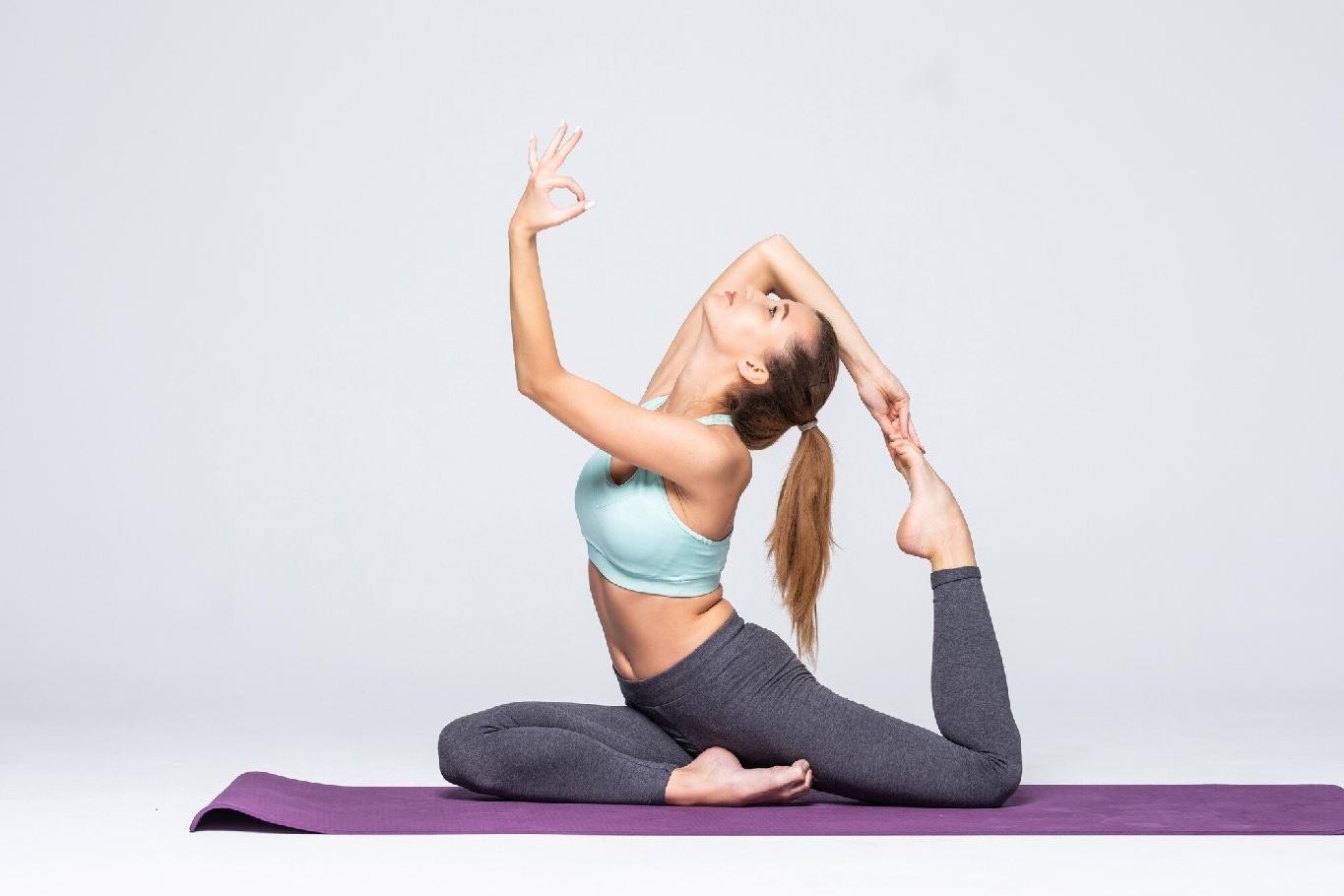
Engaging in balance training, regardless of age, can yield numerous benefits such as memory improvement and injury prevention. These activities contribute to better spatial cognition, particularly beneficial for athletes, while enhancing postural control, a crucial aspect for sports performance. Incorporating yoga balance poses into daily routines can effectively address these needs.
A study in the Slovenian Journal of Public Health demonstrated the positive impact of daily yoga practice on balance among older adults. Yoga, being predominantly performed barefoot and involving standing poses, promotes heightened awareness of foot positioning and weight distribution. This attention to the feet serves as a foundation for stability, crucial in balance-oriented activities.
Yoga’s emphasis on proprioception and mind-body connection aids in balance enhancement. Moreover, it fosters core strength, stability, flexibility, and mobility—qualities essential for overall balance. Core stability training, supported by research, is particularly emphasized in yoga, offering benefits for fall prevention, especially among older individuals.
The integration of yoga poses like Mountain, Tree, and Warrior III into one’s practice can significantly improve stability. These poses challenge various muscle groups while enhancing body awareness and alignment. Practicing balance poses regularly not only strengthens muscles but also refines proprioceptive abilities, vital for maintaining stability in daily activities.
Safety precautions are crucial, especially for beginners. Proper alignment and progression under the guidance of an instructor reduce injury risks. Utilizing props and embracing imperfections during practice fosters a safe learning environment. Overall, balancing exercises, including yoga, offer a holistic approach to enhancing stability and promoting overall well-being across all age groups.
1. Mountain Pose (Tadasana):
Mountain pose serves as a foundational posture for enhancing stability and body awareness. Begin by standing tall with feet hip-width apart and arms hanging naturally at the sides, palms facing inward. Roll the shoulders down and back, ensuring alignment of shoulders, hips, and ankles. Distribute weight evenly across all four corners of the feet and maintain a steady gaze forward. Hold the position for 5 to 10 breaths, focusing on grounding and alignment.
2. Tree Pose (Vrksasana):
Tree pose challenges balance by shifting weight onto one leg while maintaining stability. Begin by standing with your feet separated at the width of your hips. Shift weight onto one leg and place the sole of the opposite foot on the inner thigh or calf, avoiding the knee joint. Press palms together at the heart center or extend arms overhead for an added challenge. Engage core muscles and find a focal point to aid balance. Maintain the position for 5 to 10 breaths, then change sides.
3. Warrior III (Virabhadrasana III):
Warrior III strengthens the core and improves balance by requiring stabilization in a single-leg stance. Begin in Mountain pose and shift weight onto one leg while extending the opposite leg behind the body. Maintain a straight line from head to heel, with arms extended forward or alongside the body for balance. Keep hips squared and engage abdominal muscles to support the lower back. Maintain the position for 5 to 10 breaths, then change sides.
4. High Lunge Pose (Utthita Ashwa Sanchalanasana):
High lunge pose builds strength and stability in a dynamic, offset stance. Transitioning from standing, move one foot forward into a lunge, ensuring proper alignment with the front knee directly over the ankle. Engage the core and lift the torso upright, reaching arms overhead with palms facing each other. Press firmly through the front foot and back heel to stabilize the pose. Maintain the position for 5 to 10 breaths, then change sides.
5. Standing Forward Fold (Uttanasana):
Standing forward fold not only tests your balance but also offers a stretch to the hamstrings and a gentle elongation to the spine. Start in Mountain pose and hinge forward at the hips, allowing the torso to fold over the legs. Keep knees slightly bent to avoid strain on the lower back. Allow the head to hang heavy and relax the neck. Engage the quadriceps to support the knees and maintain stability. Hold for 5 to 10 breaths, focusing on relaxation and release.
6. Chair Pose (Utkatasana):
Chair pose strengthens the legs and core while improving balance and endurance. Begin in Mountain pose and lower the hips as if sitting back into an imaginary chair. Keep weight in the heels and knees aligned over the ankles. Reach arms overhead with palms facing each other or pressed together. Engage the abdominal muscles and lengthen the spine. Hold for 5 to 10 breaths, feeling the activation of leg muscles and stability in the pose.
7. Half Moon Pose (Ardha Chandrasana):
Half moon pose challenges balance and strengthens the legs, core, and stabilizing muscles. Begin in a standing position and transition into Warrior II pose with one foot forward. Shift weight onto the front leg and reach the opposite hand toward the floor or a block, extending the other leg parallel to the ground. Engage the core and gaze upward to maintain balance. Maintain the position for 5 to 10 breaths, then change sides.
8. Wide-Legged Forward Fold (Prasarita Padottanasana):
In wide-legged forward fold, you stretch the hamstrings, enhance balance, and benefit from a stable foundation. Begin in a standing position with feet spread wide apart. Hinge forward at the hips and fold the torso toward the floor, keeping the spine long and chest open. Allow the arms to hang freely or clasp opposite elbows for a deeper stretch. Engage the quadriceps and press through the outer edges of the feet to maintain stability. Hold for 5 to 10 breaths, focusing on relaxation and surrender in the pose.










